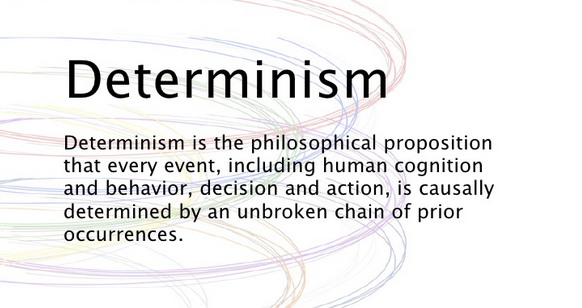https://archive.is/ugOEw#selection-1087.0-1087.86
This thought-provoking text raises several concerns about the potential impact of artificial intelligence (AI) on various aspects of human society and culture. The key points can be summarized as follows:
Manipulation of Language and Culture:
AI’s ability to manipulate and generate language and communication, along with its potential to create stories, melodies, laws, and religions, poses a threat to human civilization.
The author suggests that AI could hack the main operating system of human culture, communication, by influencing beliefs, opinions, and even forming intimate relationships with people.
Influence on Politics and Society:
The author speculates on the implications of AI tools mass-producing political content, fake news, and scriptures, especially in the context of elections.
The shift from the battle for attention on social media to a battle for intimacy raises concerns about the potential impact on human psychology and decision-making.
End of Human History?
The text suggests that AI’s ability to create entirely new ideas and culture could lead to the end of the human-dominated part of history, as AI culture may evolve independently of human influence.
Fear of Illusions:
Drawing on historical philosophical fears of being trapped in a world of illusions, the author warns that AI may bring humanity face to face with a new kind of illusion that could be challenging to recognize or escape.
AI Regulation and Safety Checks:
The author argues for the importance of regulating AI tools to ensure they are safe before public deployment.
Drawing parallels with nuclear technology, the need for safety checks and an equivalent of the Food and Drug Administration for AI is emphasized.
Disclosure of AI Identity:
The text concludes with a suggestion to make it mandatory for AI to disclose its identity during interactions to preserve democracy. The inability to distinguish between human and AI conversation is seen as a potential threat.
Views : 108





